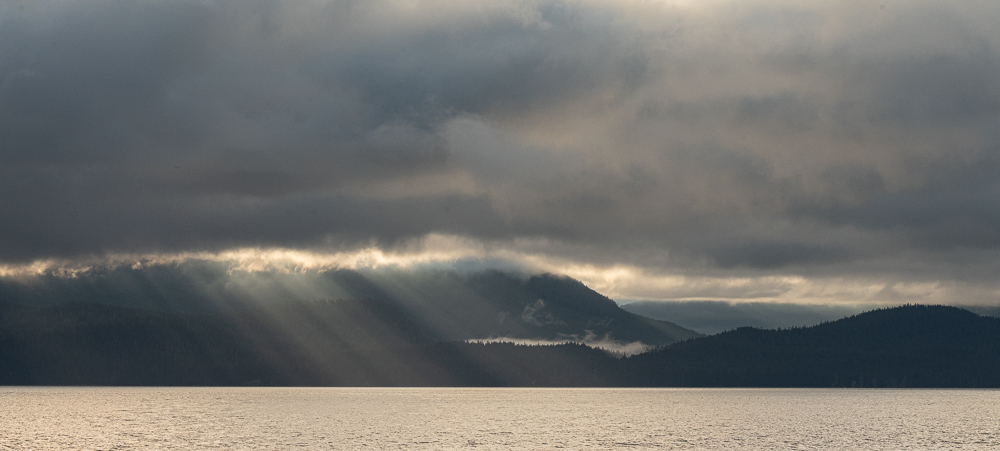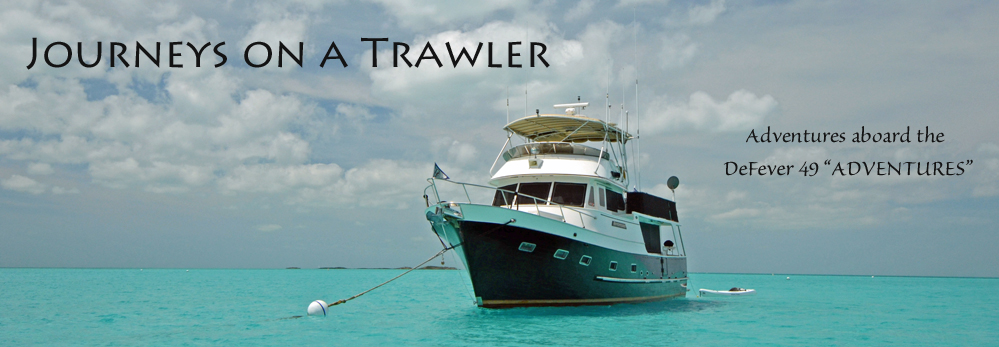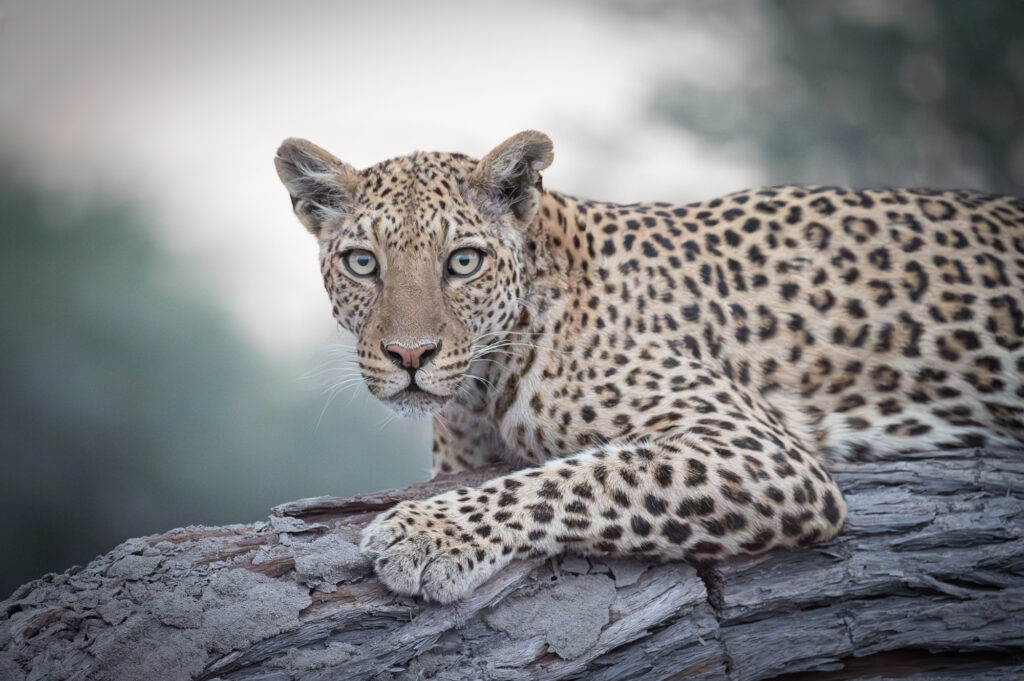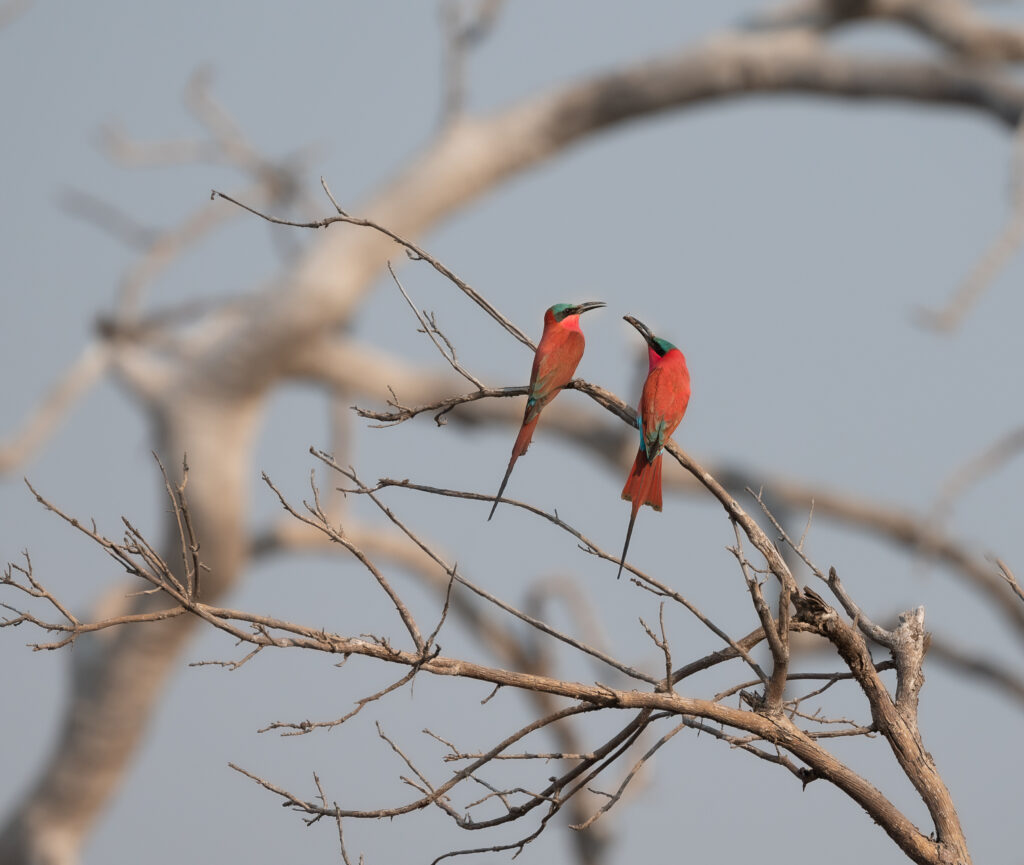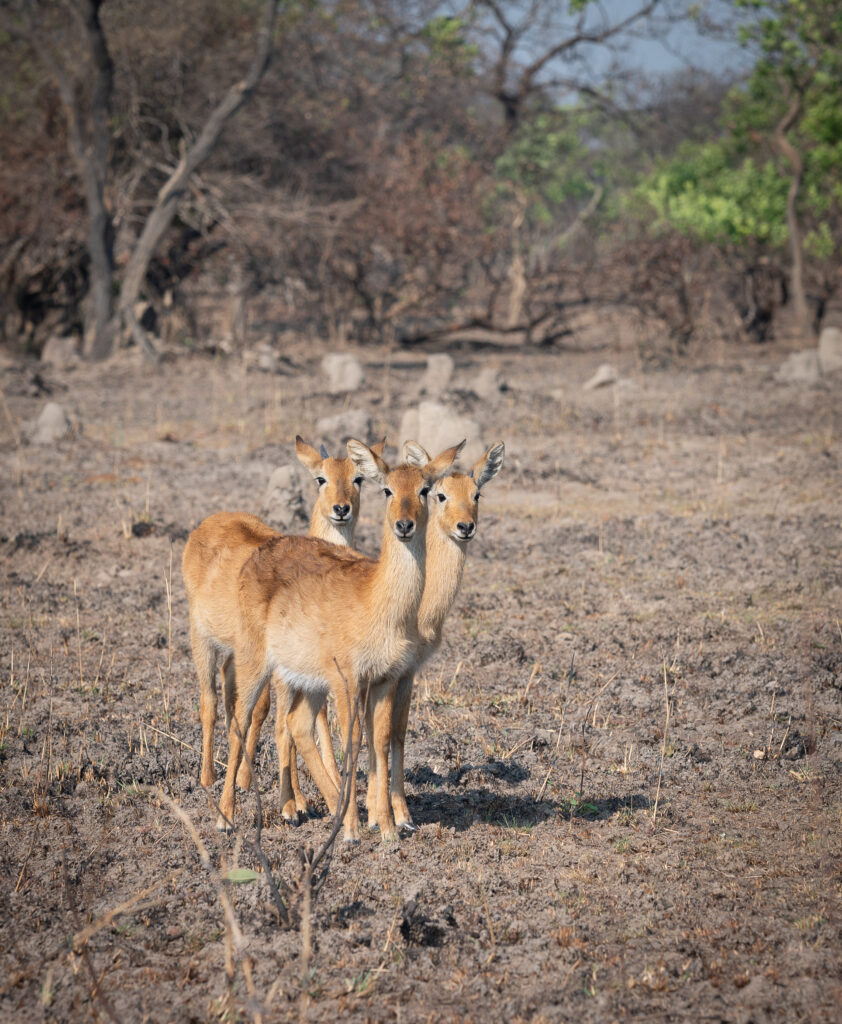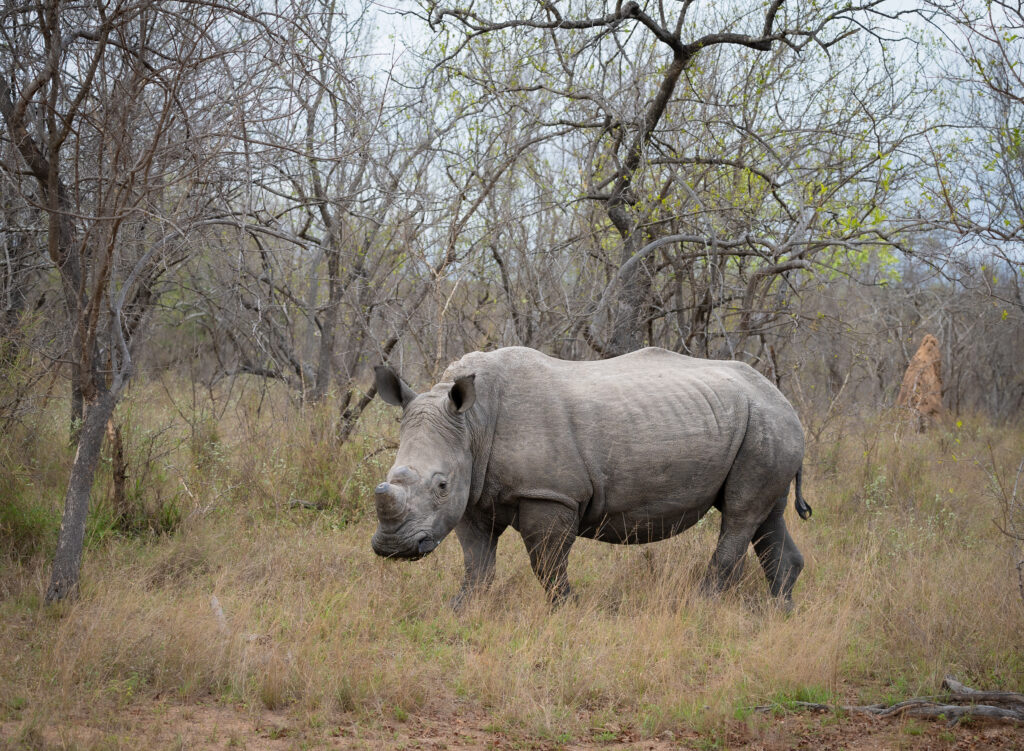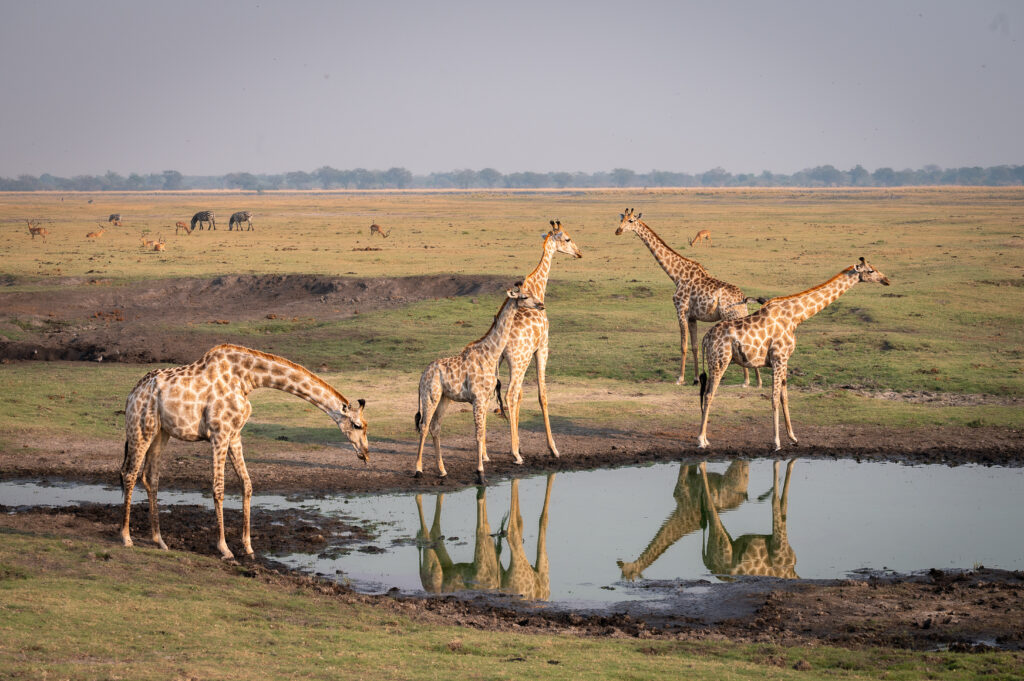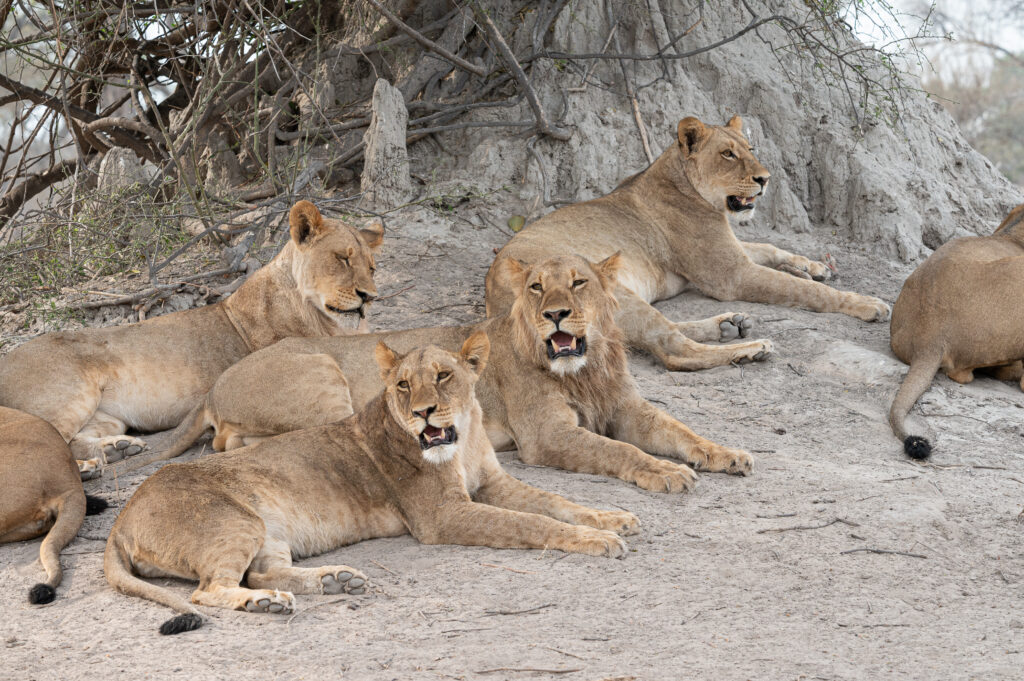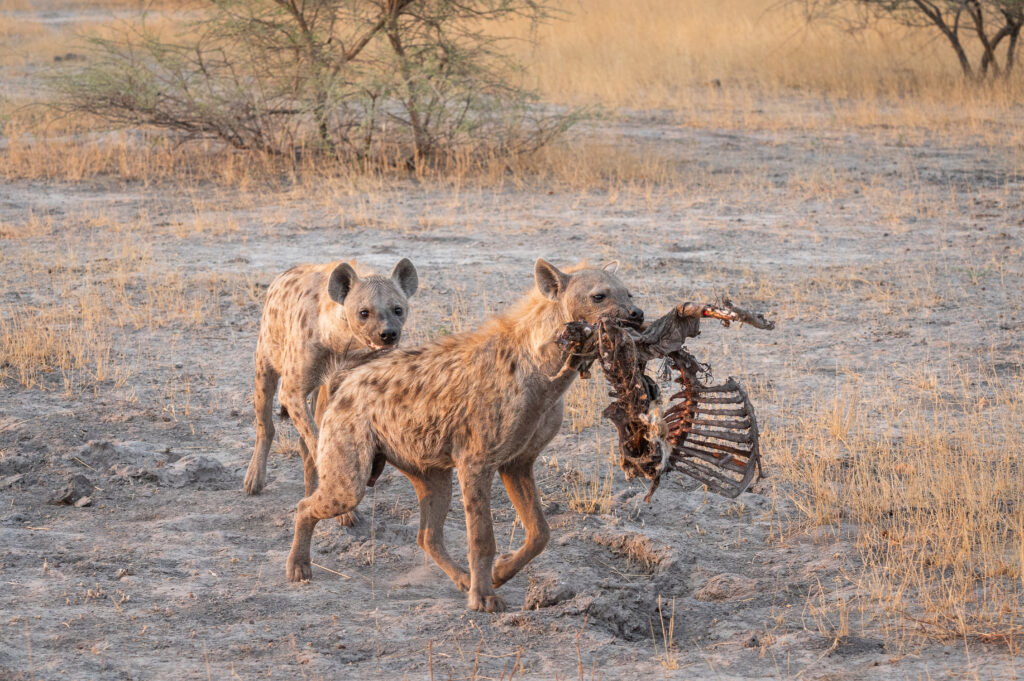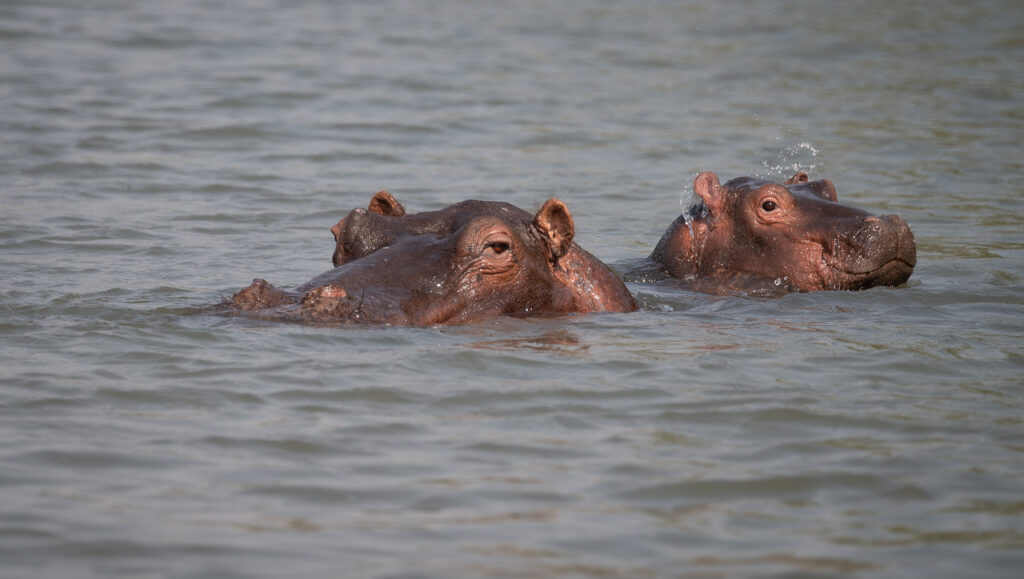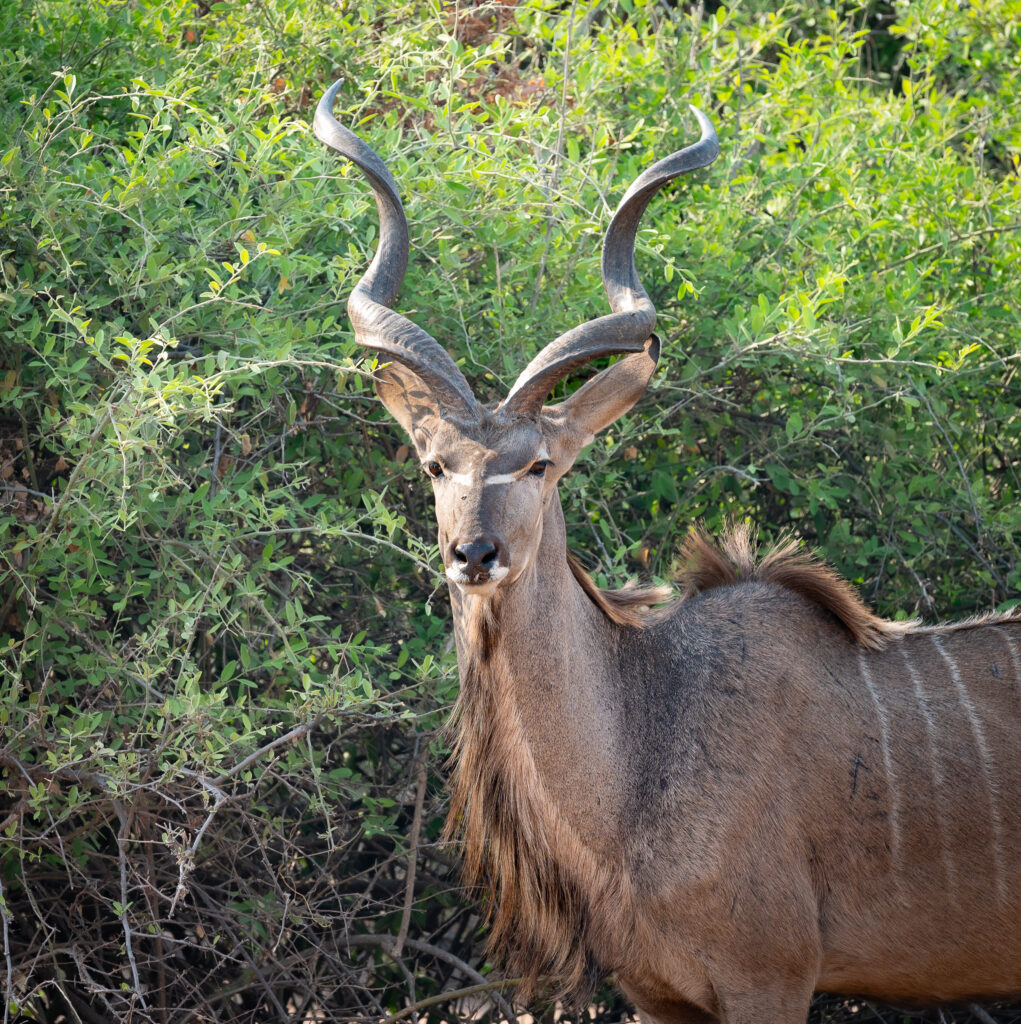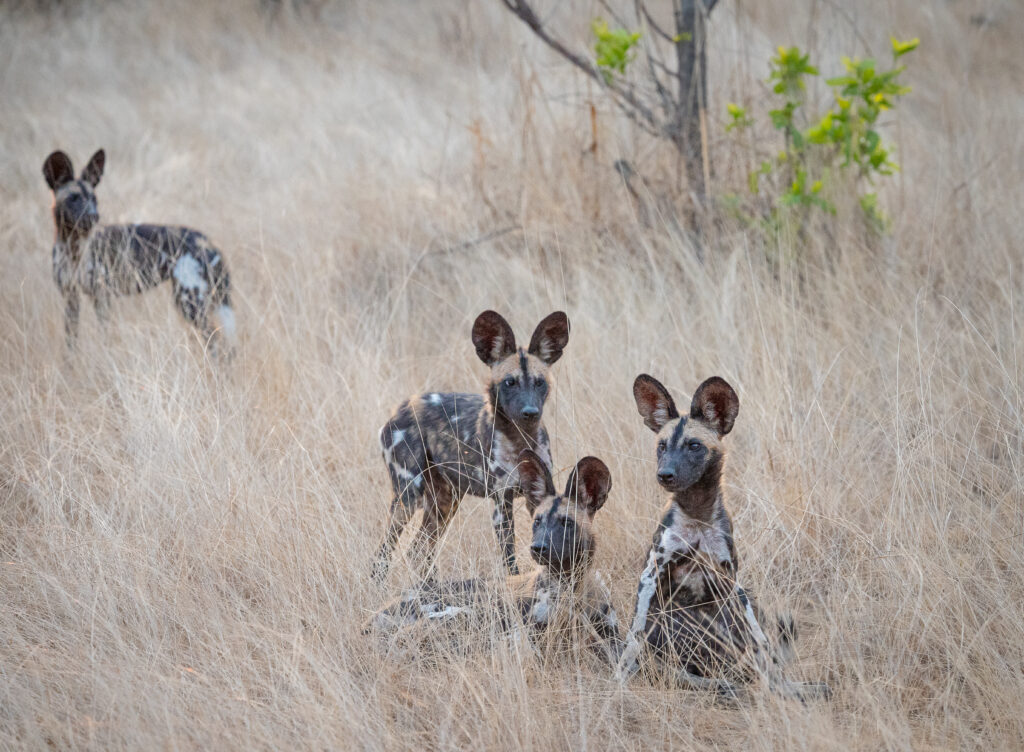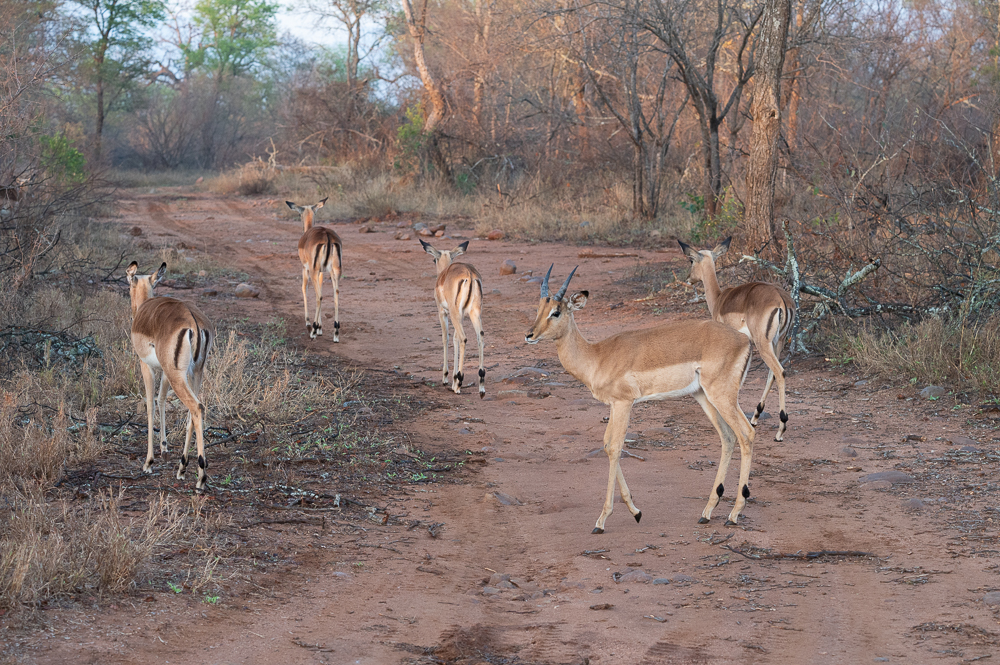The Winter Solstice will occur here around 6:30pm this evening, signaling the moment when the Northern Hemisphere will begin to tilt towards the sun once again. Our days are pretty short right now – about six and a half hours of daylight, officially. We’ve had a lot of rain and heavy overcast these past few weeks, and that adds to the gloom, but our spirits are pretty Merry and Bright around here, in Alaska’s Little Norway.
A few mornings ago I was out walking and the clouds broke enough to see the first light from the rising sun kiss Bearclaw and Petersburg mountains to the west – just before 9am.
Sometimes people say “why would anyone want to live in cold Alaska in the winter?”, but this is an example of why we do, and we just love it. I don’t mind the short days – we cozy up with lots of hot tea, good books, gatherings with friends, projects and crafts, and it’s my best opportunity to try and catch up on all the photos and video that needs to be sorted and edited.
Trumpeter swans spend the winter here in Petersburg, and we were delighted to see them so close to town recently – two adults and two cygnets. We keep binoculars by all the windows, since we never know what interesting wildlife or boats pass by.
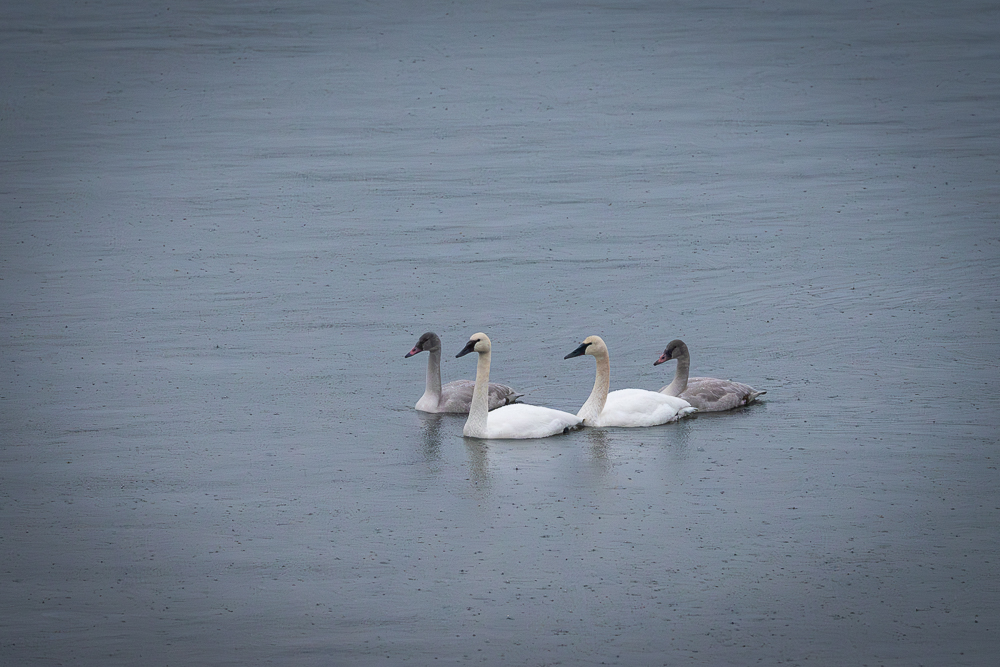
Winter is a time when our thoughts often focus on light – we savor it when we have it, we appreciate it when it’s particularly beautiful, and we surround ourselves with lots of sparkly lights in the mornings and evenings to chase away the darkness.
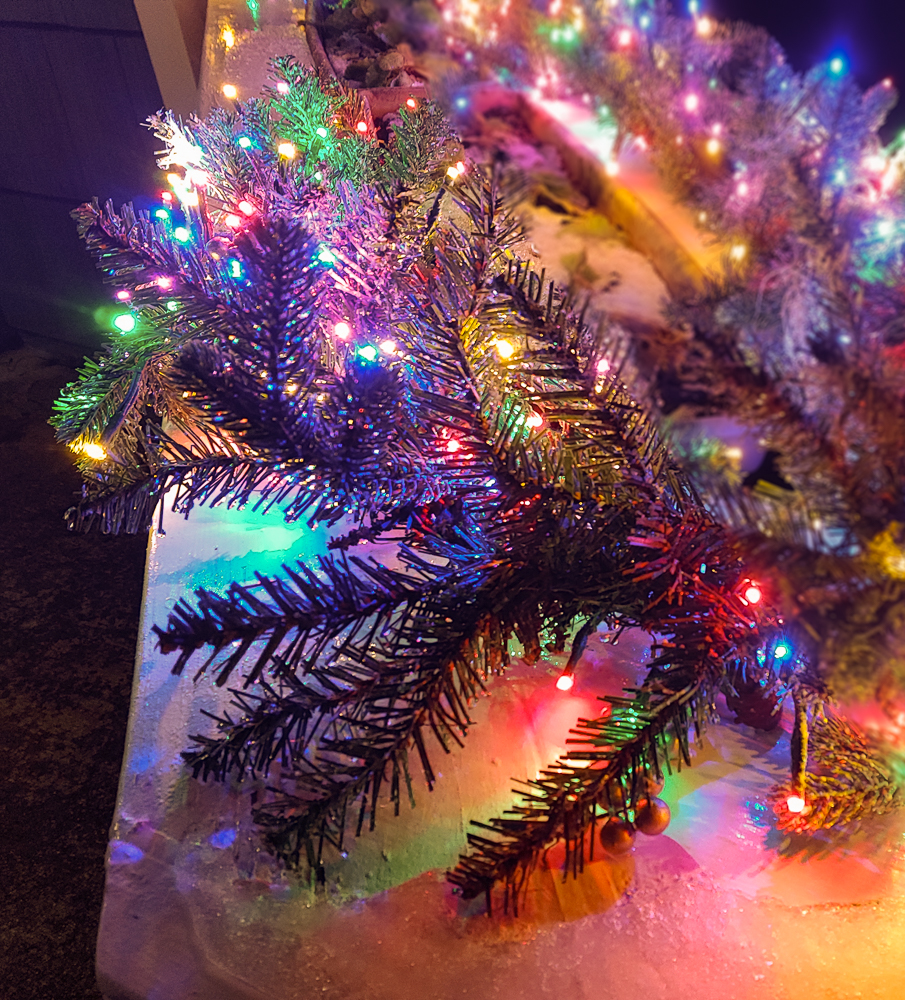
It’s normal to leave Holiday lights up well into January, and no one would complain if there’s still some sparkly lights around into February.
The run-up to Christmas is now at full speed, with the Sons of Norway holiday dinner last Sunday, complete with a visit from Santa Lucia (a Swedish tradition) and the big man himself – Santa!

Julebukking is getting underway, with a handful of businesses hosting the community with treats earlier this week: tamales from the Mexican restaurant, and airplane-shaped cookies from Alaska Airlines at the airport.
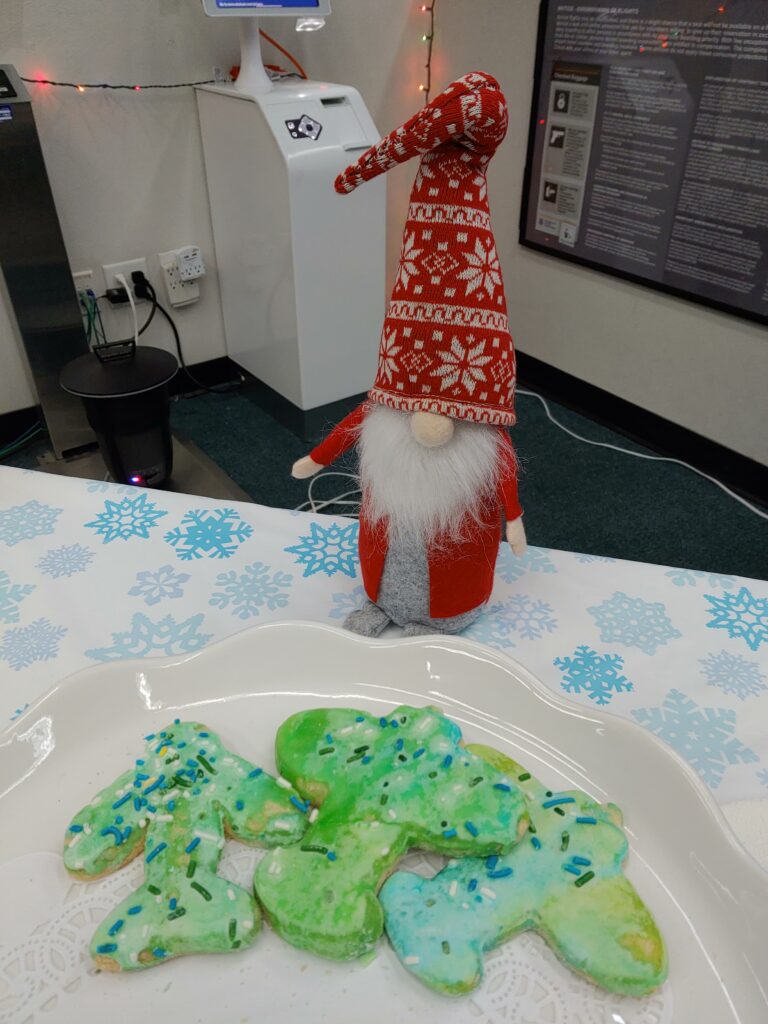
Tomorrow the Julebukking schedule picks up with quite a few places to check out. We all don our Norwegian sweaters or holiday-ish garb, and visit with people we know around the town. You can be sure that by Sunday afternoon, no one wants to look at another cookie! The offerings generously provided by our local businesses range from smoked salmon (in quite a few places), shrimp, chili, cookies, fruit, deli trays, and even a whole pastrami sandwich! Beverages are usually pretty low-key, except for the hardware store’s famous Moose Milk described in past blogs. It involves a 5-gallon paint bucket, vanilla ice cream, and White Christmas liquor shaken together in the big paint mixer. It’s decanted into a big silver punchbowl, and served with a sprinkle of nutmeg. Julebukking is about more than fabulous food – it’s a time for the community to set aside differences and just enjoy the fellowship of the holidays. It’s also a time for everyone to hide their bathroom scales.

We are grateful for the light, and we know that the days of long darkness will eventually become the days of long light once again. Like the tide, you know it’s always coming back. The change in daylight hours will be imperceptible at first, but it will get to about five minutes a day by February, and the constantly shifting daylight makes it hard to ever figure out when to fix dinner and when to go to bed!
We wish you and your families a warm, peaceful, and joyous holiday. Savor the light, especially the light that comes from within.
